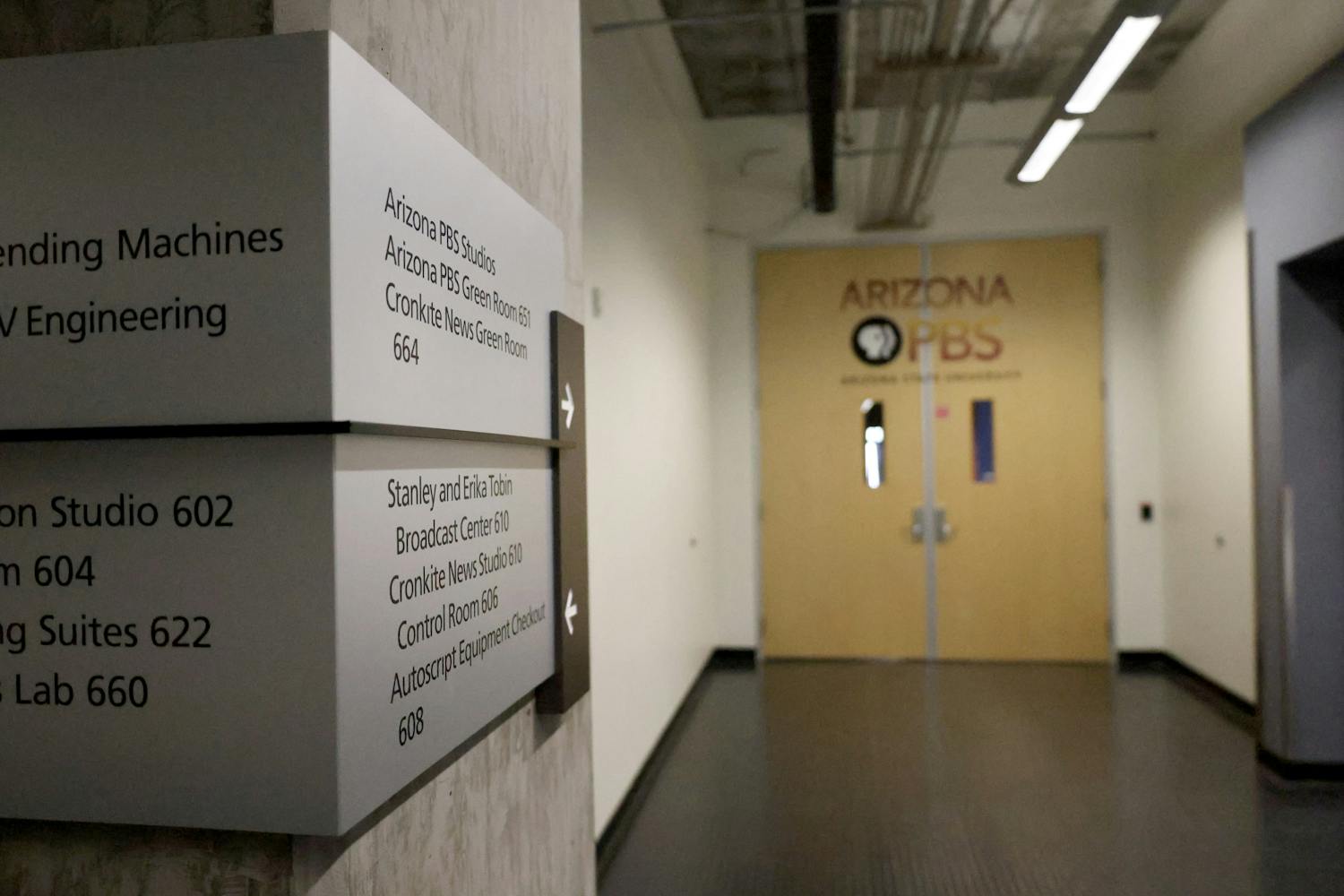For centuries, subjects such as science and math have co-existed with the arts. Despite the influence of each field on society, paychecks have a clear favorite: science, technology, engineering and math, otherwise known as STEM careers.
According to a Pew Research Center study about newsroom employee salaries, the median earning for a college graduate with an arts and humanities bachelor’s degree is about $50,000 compared to the approximate $68,000 earned by STEM majors.
The study also found that newsroom employees are twice as likely to have a college degree than the average worker, but make less money than college-educated workers in other industries.
With a predicted 14 percent increase for STEM jobs from 2010 to 2020, biomedical engineering jobs are expected to increase by 62 percent. Mathematics jobs are expected to increase by 16 percent.
On the other end, there was a 14 percent decline in college enrollment in the humanities field between 2008 and 2016.
For Trey Manuszak, a junior mathematics major at ASU, getting a degree in math was a natural next step.
“Math was something that I was super good at in high school. I’ve always had a natural inclination to consume and learn about it,” Manuszak said.
Manuszak said that before he decided to major in mathematics, he went to a trade school to build guitars. The hours and job opportunities lead him to take a different path.
“Once I graduated, I found that the job was very limited opportunity-wise," he said. "You’d have to work really long hours each day to make any money, which I couldn’t see myself doing for 30 years."
Although STEM jobs are becoming increasingly popular, a recent study from Harvard University suggested that entry level earnings start high but decline by more than 50 percent in the first decade of working life. The study also said that 58 percent of STEM graduates leave the field after that first decade.
According to Brian DeMaris, associate professor and artistic director of music theatre and opera, the arts field is a lifetime commitment.
“I’ve always been involved with music," DeMaris said. "It was the only thing I was even willing to go to college for. There was never a question of whether or not I was going to do it for the rest of my life – I just knew that I would do it."
Although the arts field typically pays less, John Stobbe, a visual designer for the ASU College of Liberal Arts and Sciences, said the emotional payment from creating makes up for any monetary gap.
“Through all the discussions that I’ve had with people who just work, those who work in any kind of arts are so much happier. It’s a world where every project, no matter how small, can be absolutely awesome, and that’s really gratifying,” said Stobbe.
Reach the reporter at kreinha3@asu.edu and follow @ReinhartKatelyn on Twitter.
Like The State Press on Facebook and follow @statepress on Twitter.




